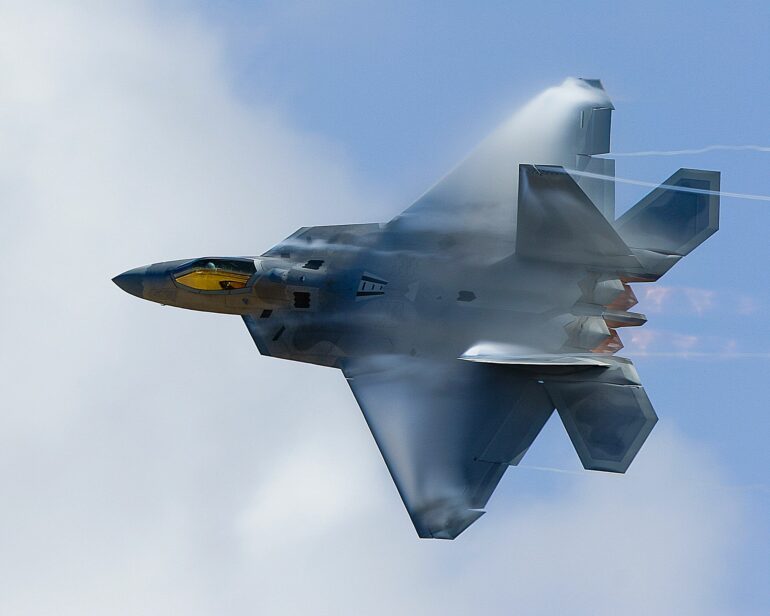President Donald J. Trump reportedly alleged on Wednesday that China had stolen designs for what he described as “the most beautiful fighter jet in the world” from the United States, intensifying his administration’s tough rhetoric on Beijing.
During a wide-ranging interview on “Hannity” on Fox News, Mr. Trump claimed that Chinese military engineers had reverse-engineered American aircraft technology, specifically targeting the F-35 Lightning II fighter jet. The president did not provide evidence to support these assertions.
“They stole it from us,” Mr. Trump told Sean Hannity in the hour-long interview that covered numerous topics from immigration to the economy. “We have the F-35. It’s the most beautiful plane in the world. It’s the most beautiful fighter jet. And they took our design, and they made their own.”
When pressed by Mr. Hannity on whether he believed the Chinese jet was as capable as its American counterpart, Mr. Trump was dismissive. “Their plane doesn’t work very well,” he said. “Ours works very well.”
The president’s comments echo long-standing concerns within U.S. intelligence and defense communities about Chinese industrial espionage targeting American military technology, though officials have typically framed such concerns in more measured and detailed terms.
Defense analysts have previously noted similarities between China’s J-20 stealth fighter and American designs, though most experts consider them distinctly different aircraft with their own strengths and weaknesses rather than direct copies.
The F-35 Lightning II, developed by Lockheed Martin, has been a cornerstone of American air superiority strategy for over a decade, despite its troubled development history and cost overruns exceeding $1.7 trillion over its lifetime.
The fifth-generation fighter jet is renowned for its stealth capabilities and advanced sensor integration.
These accusations come at a particularly tense moment in U.S.-China relations.
Last month, the Commerce Department imposed additional restrictions on technology exports to China, citing national security concerns.
Meanwhile, Chinese naval vessels have increased their presence in the South China Sea, prompting strong diplomatic protests from the United States and its regional allies.
The Chinese government has consistently denied allegations of technological theft. Previous official statements from Beijing have characterized such claims as attempts to undermine China’s legitimate technological advancement and industrial development.
According to public Pentagon reports, the rapid modernization of the People’s Liberation Army Air Force represents a significant challenge to American air superiority in the Indo-Pacific region.
The Department of Defense’s annual China Military Power Report has repeatedly highlighted concerns about technology transfer and industrial espionage.
Mr. Trump has frequently criticized China throughout both his administrations. During his first term, he initiated a trade war with Beijing, imposing billions of dollars in tariffs on Chinese goods. Since returning to office in January, his administration has signaled a continued hard line on trade, technology transfer, and military competition with China.
The technological competition between the United States and China remains one of the defining features of current international relations and defense policy.
[READ MORE: Biden Undergoes Urgent Prostate Exam After ‘Small Nodule’ Discovered’]



